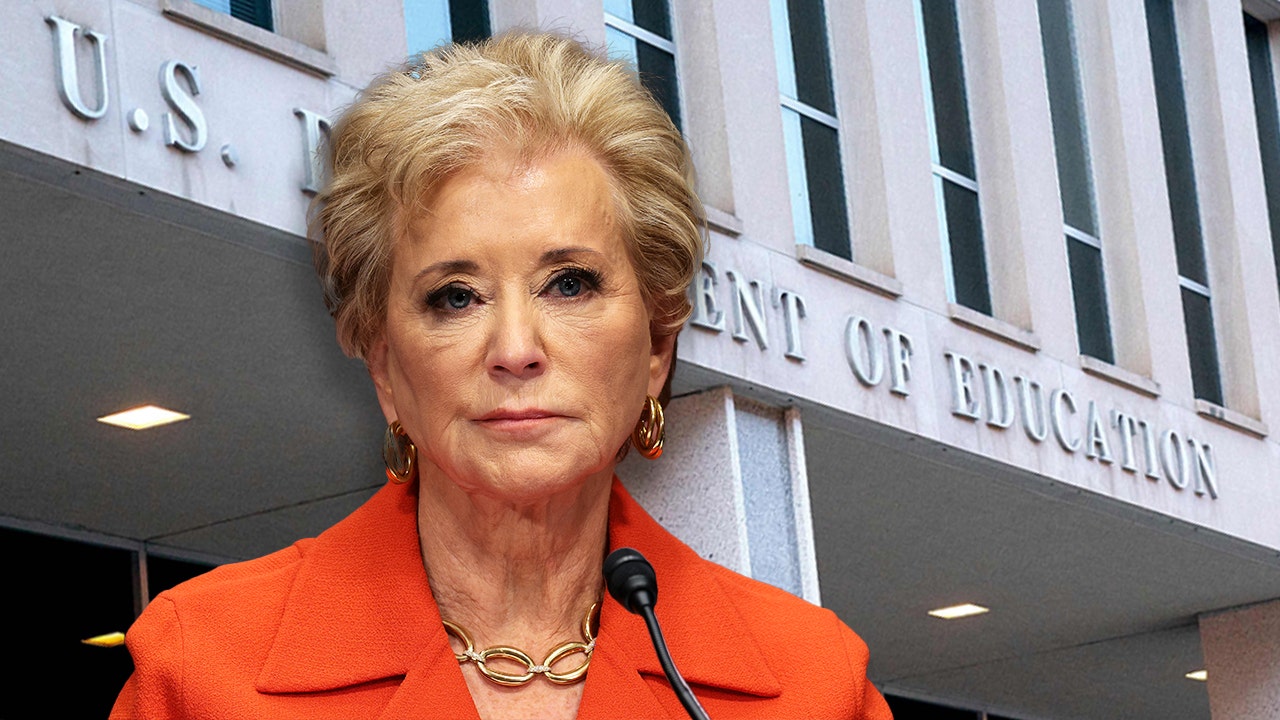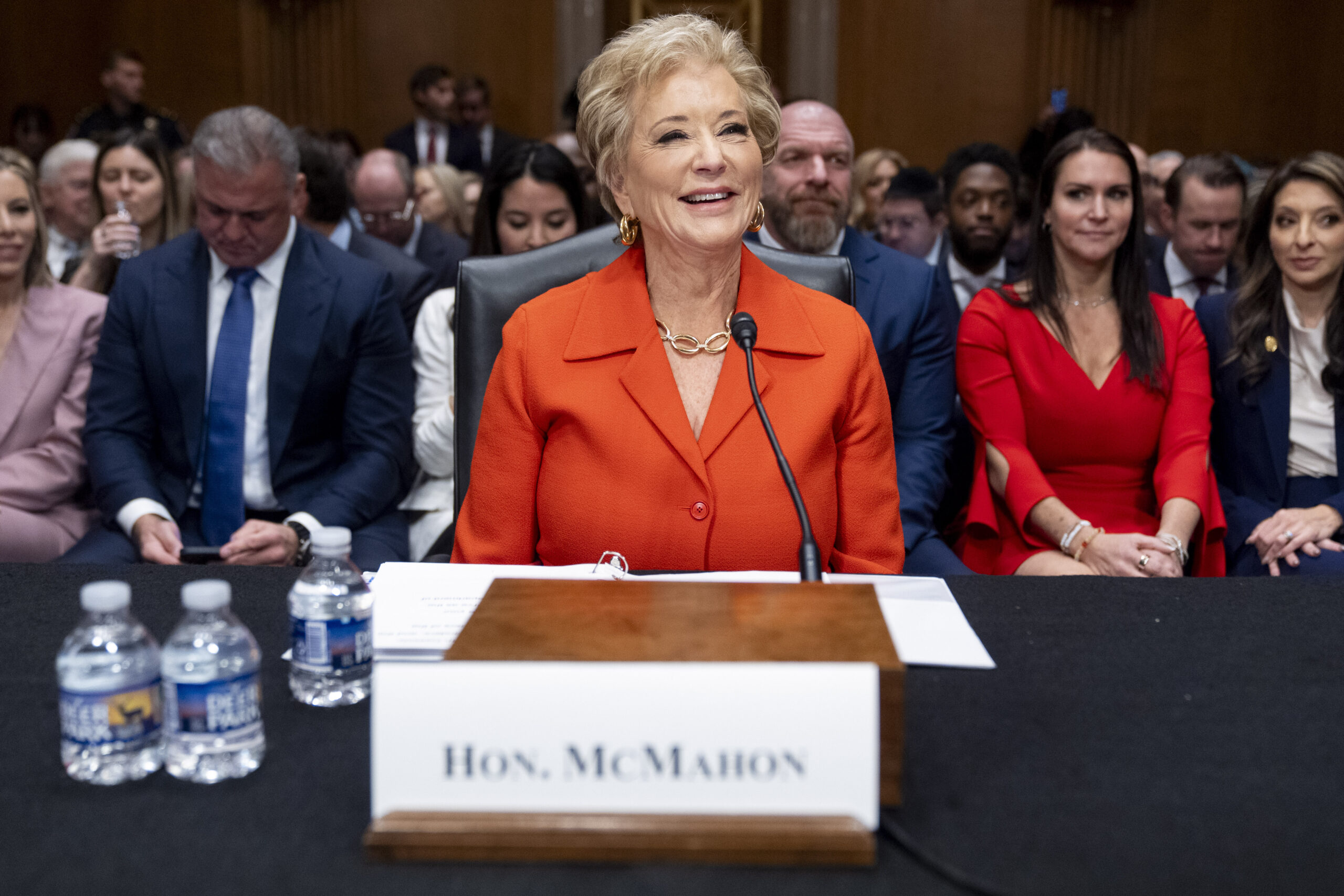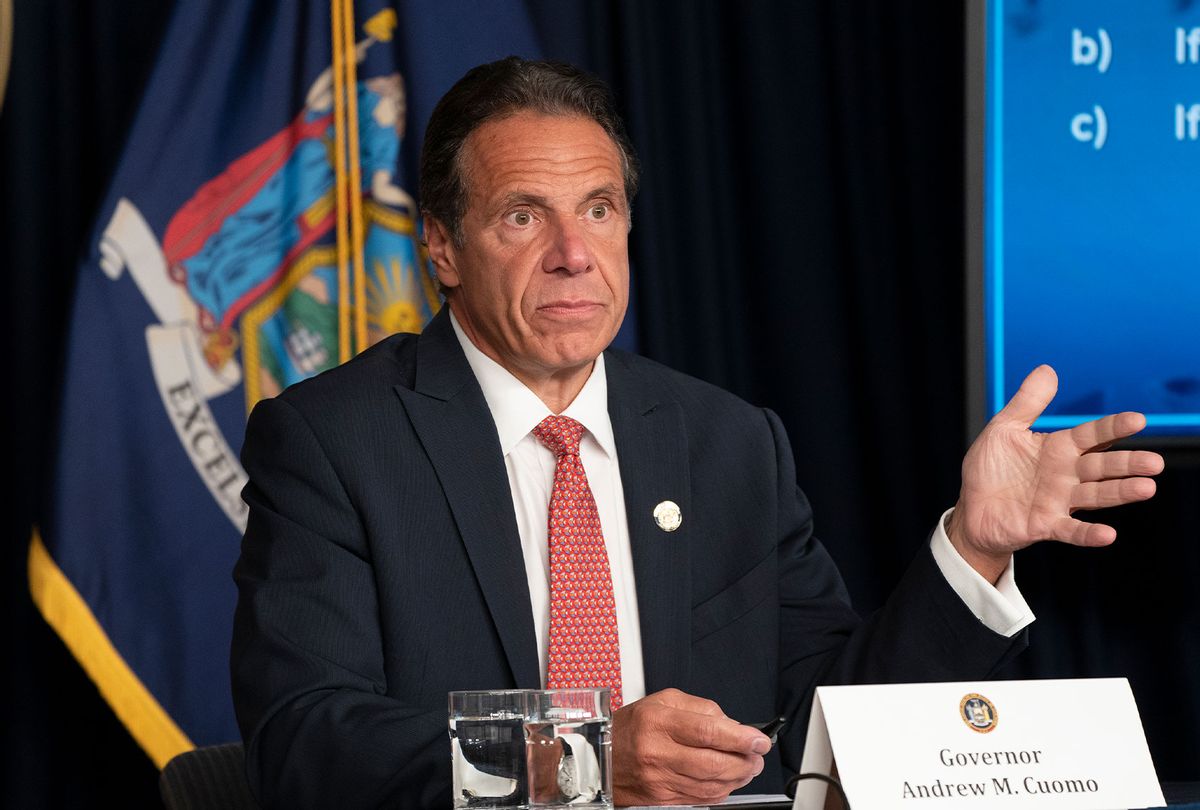transcript
transcript
The Canadian Police Work to Clear Protesters in Ontario
A group of police officers stood in a line to move protesters blocking access to an economically vital bridge in Windsor, Ontario. It’s the third week of demonstrations that began as a protest against Canada’s vaccine mandate for truck drivers crossing the U.S.-Canada border.
-
[Crowd chatter] “They want everybody, as in everybody, out of here.” “All of you are better. Every single one of you are better.”

Canadian police moved in Saturday morning to clear protesters at an economically vital bridge in Windsor, Ontario, that connects Canada and the United States and is an important conduit for the supply chains of the global automobile industry.
A group of police officers wearing heavy jackets but not wielding shields or other riot gear, were standing in a line on Saturday morning, and were cautiously and progressively edging closer to the protesters. Officers told protesters that they risked arrest if they failed to clear the area.
They were reinforced by a second group of officers wearing military garb. The Canadian Broadcasting Corporation, the national broadcaster, showed what appeared to be an armored personnel carrier at the scene. The officers were from the Windsor Police Service as well as The Royal Canadian Mounted Police, Canada’s national police force.
More than a dozen pick up trucks and cars still blocked the bridge as of 11:30 a.m., with trucks revving their engines. Police officers, in a line formation, herded remaining protesters away from the intersection closest to the bridge, pushing them on to other streets.
The Windsor police said on Twitter that as of 10:40 a.m., no arrests had been made, and advised people to avoid the area. “We appreciate the cooperation of the demonstrators at this time and we will continue to focus on resolving the demonstration peacefully,” they said.
Some of the protesters were yelling at police, while others chanted “freedom, freedom!” and sang “O Canada,” the national anthem. A group of protesters dismantled a tent where they had kept food and supplies, then swept the area around it.
“You are way better than this,” one protester hollered at the police.
Automakers have been particularly affected by the partial shutdown of the Ambassador Bridge, which normally carries $300 million worth of goods a day, about a third of which are related to the auto industry. The blockades have left carmakers short of crucial parts, forcing companies to shut down some plants from Ontario to Alabama on Friday.
An emergency towing truck and police armoured vehicles are nearing the intersection. Police are warning protesters to leave now or their vehicles will be towed. pic.twitter.com/QSpkbEo6IW
— Vjosa Isai (@LaVjosa) February 12, 2022
A court order calling for protesters to disband or face stiff fines or prison went into effect on Friday at 7 p.m., and the numbers of protesters has since thinned. But on Saturday morning, dozens of protesters, some dressed in fluorescent construction garb, had still refused to leave, and were milling around at an intersection before the bridge, drinking coffee and holding up Canadian flags. Other protesters remained in their pickup trucks, their engines idling, to stay warm.
Art Jussila, an electrician wearing a hunting jacket, said he had been coming every day to protest. “All the mandates have to go, it’s absolutely not right,” he said, referring to vaccine mandates.
As Canada enters the third weekend of a crisis that has brought thousands of protesters into the streets of its capital and disrupted international supply chains, officials are turning to harsher measures to try to restore order.
On Saturday, new groups of protesters were arriving in Ottawa, the nation’s capital, where demonstrators have been snarling traffic and disturbing businesses and residents for weeks. Pop music blared from truck stereos as people wrapped in Canadian flags trudged through snow.
Prime Minister Justin Trudeau has railed at the protesters for desecrating war memorials and spreading disinformation.
The demonstrations began as a protest against the mandatory vaccination of truck drivers crossing the U.S.-Canada border. But they have morphed into a battle cry against pandemic restrictions as a whole, and the leadership of Mr. Trudeau.
The prime minister and the premier of Ontario both warned on Friday that the demonstrators would face up to 100,000 dollars in fines and a year in prison if they did not disperse voluntarily.
“We know that the best solution to unlawful blockades is that people decide for themselves that they’ve been heard, that they have expressed their frustrations and disagreements, and that it is now time to go home,” Mr. Trudeau said. “That is the message we’ve been sending for some time. But now there will be real consequences with respect to their licenses, their futures, their jobs.”
If the blockades continue, Mr. Trudeau said, “there will be an increasingly robust police intervention.”
Doug Ford, the premier of Ontario, declared a state of emergency for the entire province, clearing the way for the government to pass laws that might not normally be allowed to protect citizens. “To those trying to force a political agenda through disruption, intimidation and chaos,” Mr. Ford said in a news conference, “my message to you is this: Your right to make a political statement does not outweigh the right of hundreds of thousands of workers to earn their living.”
The protests have attracted the attention of far-right and anti-vaccine groups globally, raising millions of dollars and inspiring copycat protests in, France, New Zealand and Australia. Organizers of a U.S. convoy announced a protest in Washington, D.C., on March 5.
Sarah Maslin Nir contributed reporting from Ottawa.


















Discussion about this post